In 2020, when I was still 49 years young, my overall running volume bumped up significantly. Covid, mental health, working from home all had a part to play, but running was a great way to stay sane during the pandemic. I was averaging 60+ miles/week pretty consistently and at some point was thinking to myself. Wouldn’t it be cool to run 50 ultras when I turned 50 in 2021? I mean, it was a crazy goal, but also given the time horizon of a year to accomplish that with one ultra marathon every week (okay, with a 2 extra weeks of buffer), it looked very daunting. But as I look back now, it’s been such an amazing adventure! Some quick stats for the year:
50 ultras (50km/~31 miles or longer)
322 hours of moving time (that’s 13.4 days)
1,700 miles traversed
160,000 feet of gain/loss
43 unique routes (of which only 3 were outside the Bay Area)
6 ultra marathons in March to make up time (every 4 or 5 days)
While March saw the most number of 50Ks I’ve every done in a month, in November (to give myself more buffer time), I ran two 50Ks 3 days apart. That was brutal. However, the SNAPSS recipe (Sequencing, Novelty, Adaptation, Planning, Strengthening and Serendipity) was pretty effective for finishing such an ambitious project, on time and without injury!
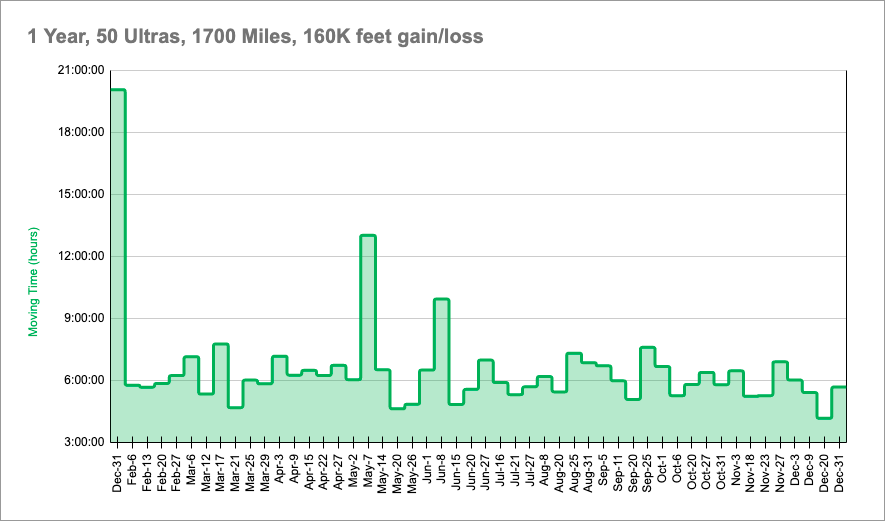
Foreword
Someone told me once that a single ultra marathon is basically life condensed to several hours. There’s all the highs and lows, exhaustion and exhilaration, fun and WTF moments, pain and suffering, friendship and camaraderie, etc. Now combine all of that over 50 ultra marathons over the course of a single year – it was a significant effort, both physical and mental. Behind the “creative” titles for each run and the snarky (occasionally funny) Strava/Instagram descriptions was a lot of sleeplessness, soreness, perpetual recovery, mental fatigue, self doubt, etc. But the once a year wildflower bloom, the quietude of a remote wilderness, gushing creeks, summiting a peak, the ridge fog, redwood rain, spectacular sunrises, brilliant foliage, snort of a wild boar, being chased by a cow – these were things that made all that effort every bit worth it. And they almost always brought a smile no matter what mile I was on.
1. Sequencing
Sequencing the order of the routes is a pretty key component of ensuring success of completion, run after run after run. DNF (did not finish) is not much of an option when, after running 20 miles, you get injured or are unable to complete the run because that’s going to set you back by a week. To ensure continued completions, I categorized my various routes not just into trails, road runs, coastal routes & laps, but also routes that I would have to hit early in the spring before things get too hot or less muddy routes when it was raining and so on. For example, the routes in Henry Coe, Joseph Grant Park, Round Valley preserve and even Harvey Bear were those I tackled early on. And boy the wildflowers here were just spectacular! Summer here would’ve been like an oven in these places.
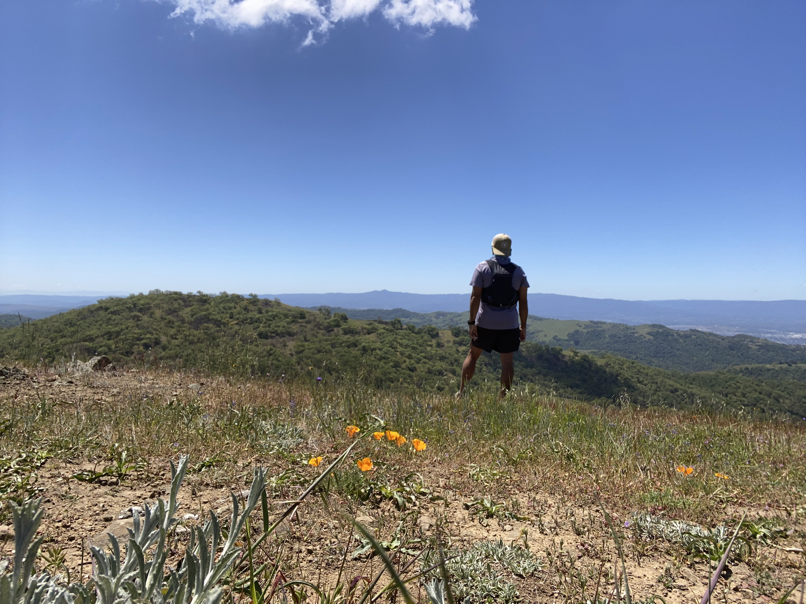


2. Novelty (against Mental Fatigue)
The early ultras were filled with so much gumption that I was willing to wake up at 4am to drive to locations and do the run. For the mid-way and tail-end runs? the mental fatigue was very real. There were days when I would literally get into a fight with my brain because it would refuse to get me out of bed at 5am – especially when I was running a 50K once every 4 or 5 days to make up for lost time. The Coast Hugger 50K was one of those cases. My solution to this was novelty – to try something completely new even if it wasn’t glamorous or had great views. A full 50K in and around Stanford campus or the Golden Gate Park were examples of those. Take a mundane, but totally new route and add some silliness to it while covering 31 miles. Made it that much more fun! Also since staying on route for these runs were tricky because of the turns, the brain was too busy treating it like a treasure hunt instead of “just running” and counting the miles. Distraction FTW!
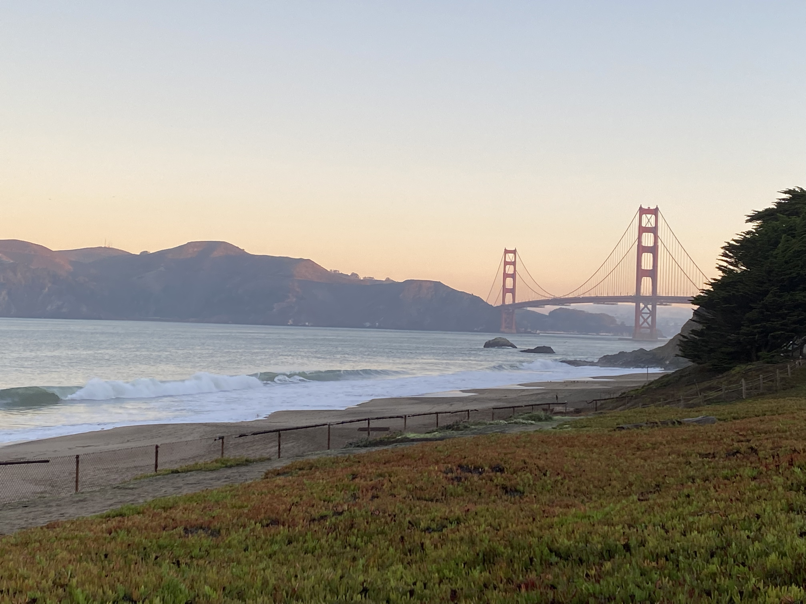
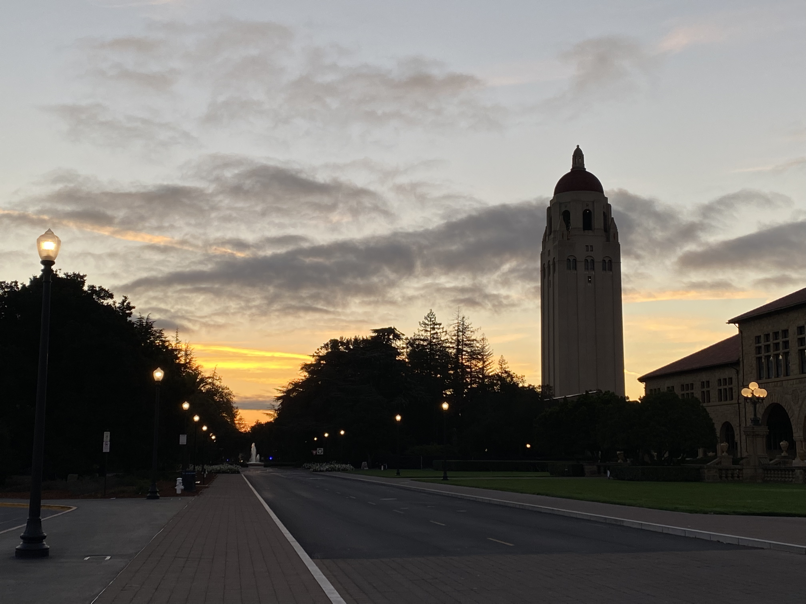
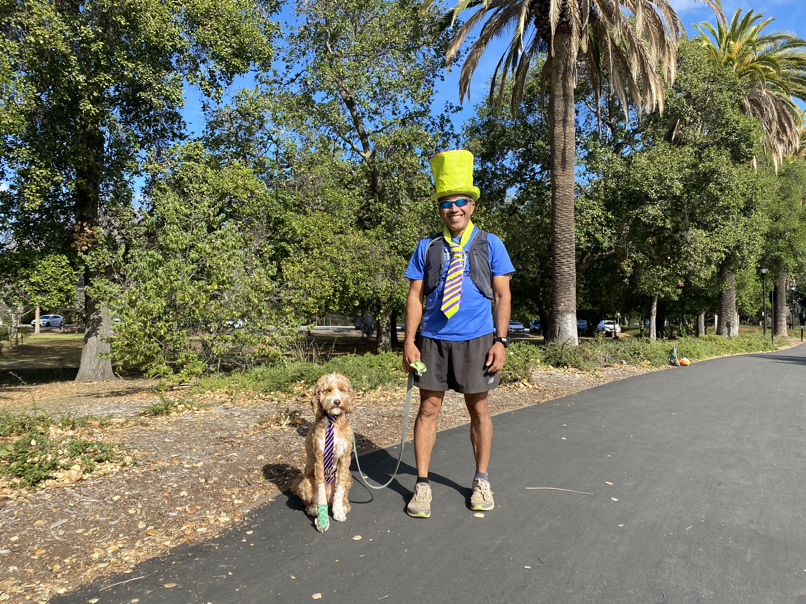
Speaking of novelty, I did run 31 miles on the treadmill, once. Why? Because I’d never done it before (not sure I’ll do it again, though). Besides, at a sustained 8:00 min/mile pace, this would also be my fastest 50K finish in 4:09! Funny but true story. I was blasting Iron Maiden for the last hour and right around mile 25 or so, the song that came up was “The Loneliness of the Long Distance Runner“. Well, then…

3. Adaptation (and Flexibility)
When you register for an organized race (of whatever distance), you are bound by that date/time, rain or shine. All the training leads up to that one event. You hope to make the best of it and in the unlucky scenario that you can’t finish, you can always try again another time. Not so with running 50 ultra marathons in one year, week over week! There’s that little thing called life (commitments, kids, travel, sickness, ankle sprain, poison oak, etc.) that gets in the way and being flexible is pretty key, right up there with sequencing. While I had many routes planned and ready, the exact choice of which one came next depended on a number of factors including: life commitments, AQI, weather, level of exertion, recovery from the previous one, mental fatigue, novelty, etc. not always in that particular order. When I traveled to India to visit my parents, or to Santa Barbara to drop off my 18yo or visiting the Adirondacks to see the fall foliage, I was able to “squeeze” in 50Ks! Often, these routes were drawn up the week or just a few days before the run!



There was also that time when I showed up to run in Alum Rock Park, just to find out it was the day after rain and the trails had the consistency of clay. I had to abort that attempt and instead parked at Santa Clara university and ran the entire length of El Camino Real from Santa Clara all the way to South San Francisco! Plan B worked pretty well that day.

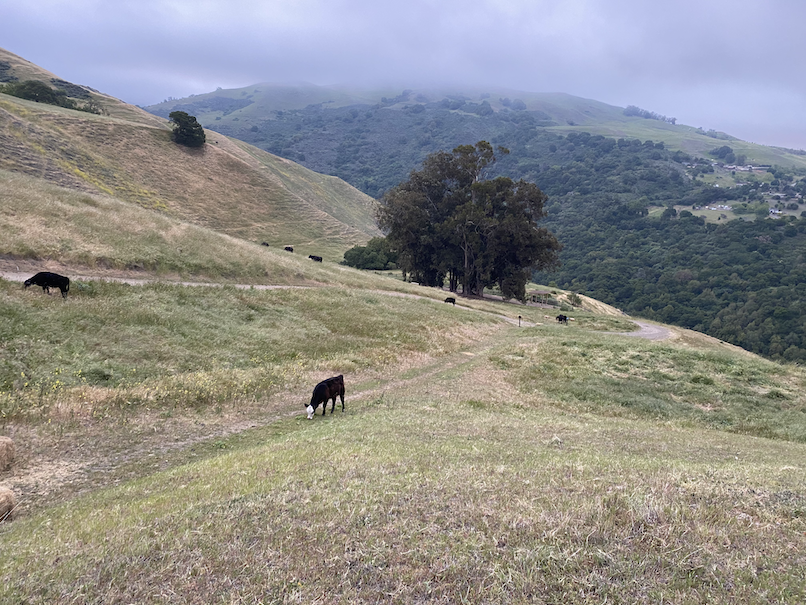
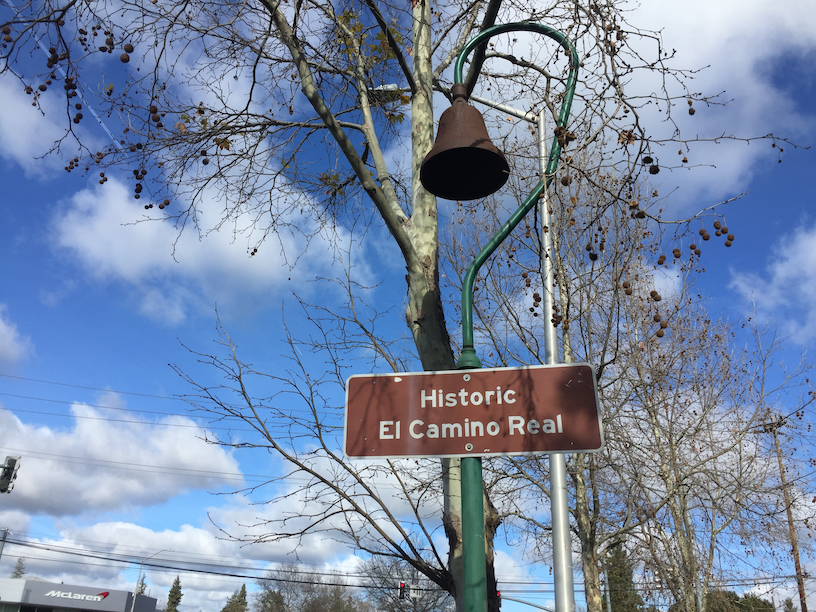
One of the things about the commemorative bells that adorn the stretch of El Camino is that once you see it, it’s very difficult to unsee it!
4. Planning
I started off the year with a Neighborhood 100M that took me 23 hours to run around the neighborhood with plenty of support from friends and family. From a logistics perspective that was the easy bit. It became pretty apparent early on that I was on my own for these runs – not organized races. This meant water was a big issue that required lots of scouting, planning, talking to rangers in some cases (like The Grand Ventana Traverse in the Ventana Wilderness) and charting routes that would get me to a water source at the right points during a run. My Strava account is littered with all sorts of routes in and around the Bay Area – WAY more than the 50 ultras that I actually ran.
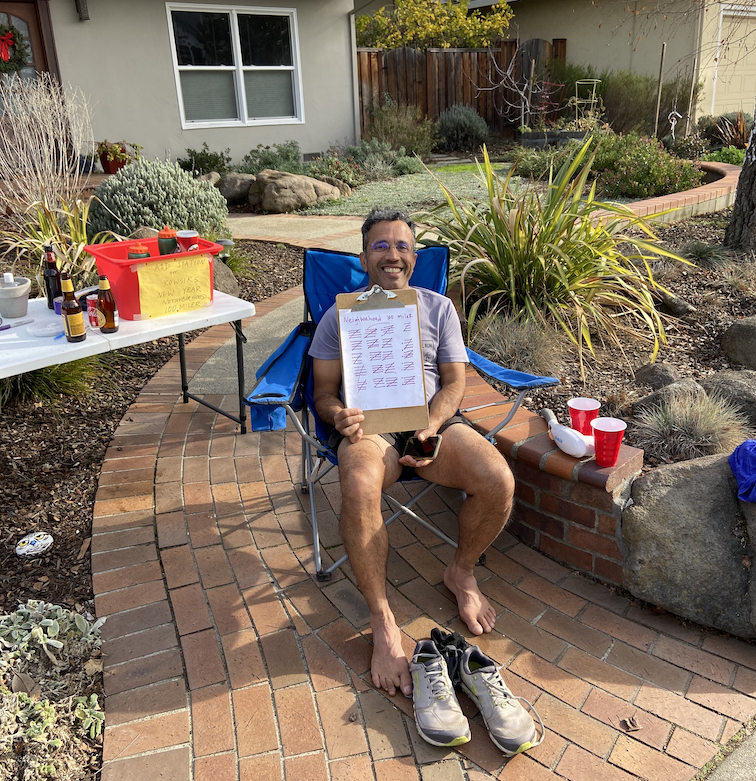


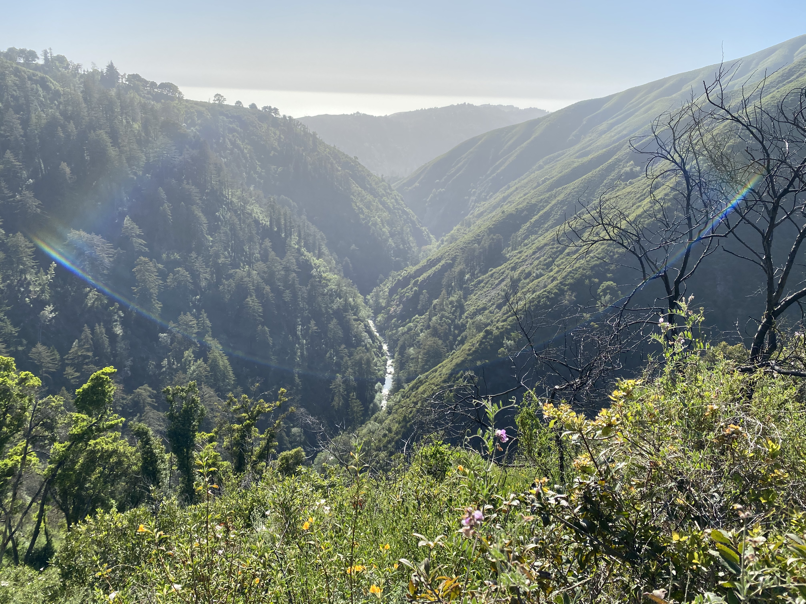
Of course, not everything goes according to plan all the time, like The Olemian Rhapsody 50K where I ran out of water in 90 degree temps and had to ration 1.25L of Tailwind for the entire 31 miles. But I have to say, obsessive planning significantly improved my chances of finishing such an ambitious project, on time, without any injuries. And looking back, there was not a single run that I had to abort half way through.
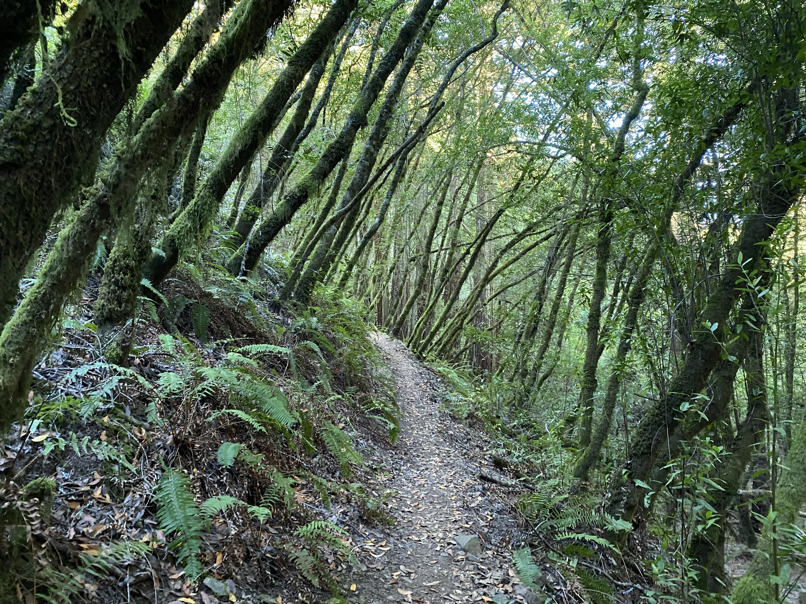
5. Strengthening (not just Recovery)
The first few months, I almost exclusively focused on recovery between runs – rest, ice, compression, turmeric (anti-inflammatory), foam rolling, massage gun, the usual bits. It was really only after I twisted my ankle that I reintroduced active strengthening between runs. This was super important as my lower limbs were taking a beating and running alone wasn’t going to make them stronger. This included lunges, balance board, Theraband workouts for the ankles, etc. Strengthening was critical in keeping me injury-free, through the rest of the year.

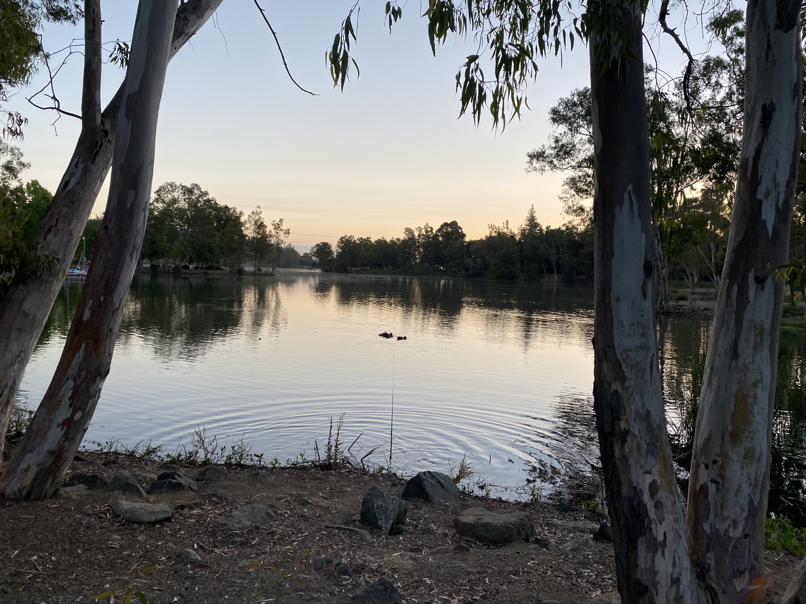
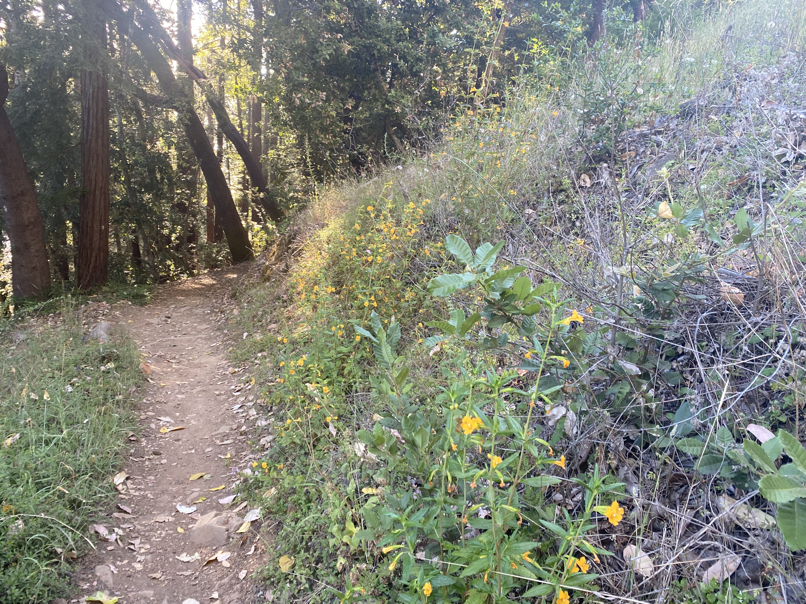
6. Serendipity (for route discovery)
We are so incredibly lucky in the Bay Area to have miles and miles of trails. So going into this project, my plan was to try and NOT repeat routes as much as I could (43 unique routes!). But this required a fair bit of work to chart out routes, especially knowing where the water sources were. I derived a lot of inspiration from my Strava friends by seeing routes they would run and then adapting it to my needs. The It’s Hot, It’s Cold 50K, and The Cowabunga 50K were examples of those. My wife “discovered” the SF Crosstown trail which we hiked for our anniversary, which subsequently became another out-and-back 34 mile ultra run. Making up these “new” routes as the year went by was a big part of the fun and adventure and serendipity had a lot to do with it.



Closing Notes
While I was incredibly lucky and fortunate running 50 ultra marathons in one year on time and without injuries, I couldn’t have done this without the support of my wife, kids and many many friends. Yes, the actual running bit was largely a solo effort – partly because the frequency, the scheduling and the fluidity made it pretty hard to coordinate with others. But it did take a village of support to get me through all of this. I’m glad I’m done and as it relates to ultra running (see that qualifier?), I’m happy to be largely goal-less for a little while in 2022 and let the body heal.
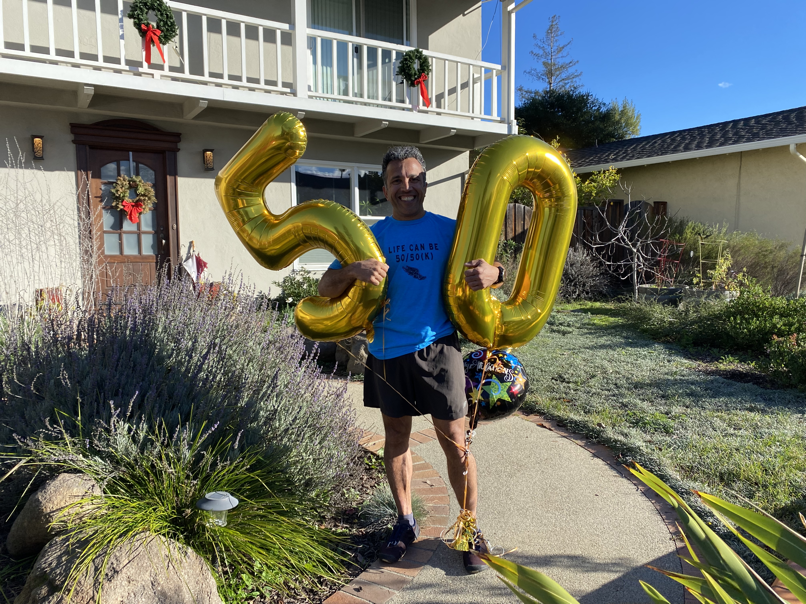
My wife and I were walking our dog the other day and a neighbor, with a twinkle in his eyes, asked me what I was going to do when I was 60. My wife was quick to respond with a “hell no”! 😂 The next set of ultra adventures will have to wait … a little, anyways … maybe after I earn 50 (million) brownie points in 2022!
Happy Trails!
Absolutely N.O. spam. No more than two emails each week. Learn about injury-free running, race reports, new trail routes, awesome recipes and amazing interviews.